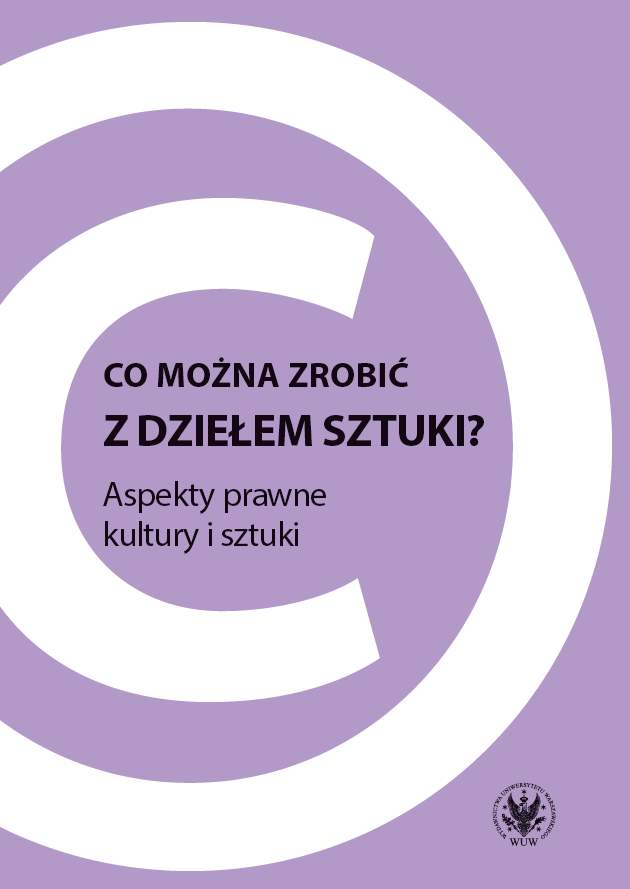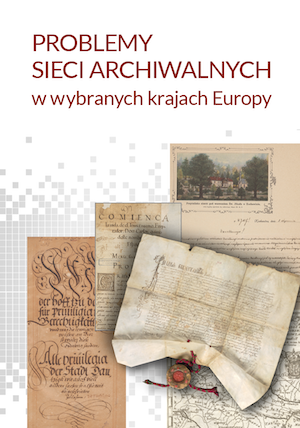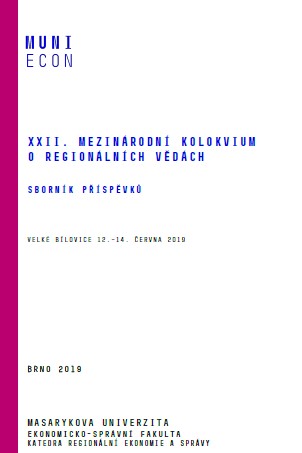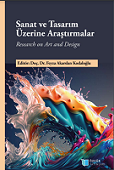Author(s): Emine Torgan Güzel / Language(s): Turkish
Publication Year: 0
Since ancient times, man has been in search of materials to decorate himself and his environment, and coloring materials have always attracted his attention. Mankind first obtained these materials from soil minerals and then used organic dyes obtained from natural products such as plants, animals, mushrooms, etc. As soon as their skills in weaving developed, they developed natural dyes and dyeing techniques. While they used to obtain monochromatic products at first, they later succeeded in using more than one color on a product in harmony. It is known that most dresses and fabrics, from caftans to plain fabrics, from dresses to baizes, which represent splendor and power in Ottoman palace fabrics, were colored using natural dyes. The dyes used by the Ottomans and the dyeing industry were passed from father to son, and continuity was ensured. Even today, the majority of the colors in the Ottoman palace weavings, which are in the museum collections and have great importance, still preserve their vitality. When it comes to natural dyes in Ottoman palace weavings, the first thing that comes to mind was the natural dye sources of animal origin, and these dyes were obtained from animals of female insect origin. The color obtained from insect-sourced dyes is almost the same as each other and formed the ground color, especially in the sultan's and prince's caftans. In addition to dyes of animal origin, Ottoman dyers also used vegetable dyes from which they obtained various colors. Sometimes by combining both vegetable and animal dye sources, they achieved various colors and hues. Here, the effect of Anatolia's rich plant diversity is quite high. In this research, after the natural dyeing process from the past to the Ottomans is briefly discussed, introduction about to Ottoman dyeing and dyeing industry was given. Then, the main plant and animal natural dyes that color the Ottoman palace weavings, their properties, and the agent dyestuffs they contain are examined.
More...




